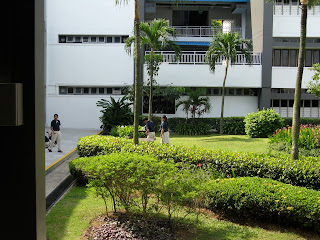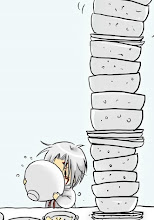Different types of photography:
- Aerial photography
- Animal photography
- Baby photography
- Concert photography
- Digital stock photography
- Exterior architecture photography
- Infrared photography
- Landscape photography
- Macro photography
- Night photography
- Panoramic photography
- Photo journalism
- Portrait photography
- Satellite photography
- Sports photography
- Stock photography
- Street photography
- Sub-miniature photography
- Time lapse photography
- Travel photography
- Underwater photography
- Video photography
- Wedding photography
Basic camera equipment:
- Lenses
- Filters
- Flash
- Camera bag
- Camera
- Cases
- Tripod
- Cable releases
- Remote light meters
Aperture refers to the lens diaphragm opening inside a photographic lens. The size of the diaphragm opening in a camera lens regulates the amount of light passing through onto the film inside the camera the moment when the shutter curtain in camera opens during an exposure process.
Focus refers to the adjusting of the range that affects the distance from where the object is photographed.
Shutter speed is ‘the amount of time that the shutter is open’. It controls the amount of time that your film, or digital sensor, is exposed to light. In effect, the shutter determines what image is captured on your film.
ISO in ISO Speeds stands for International Standards Organisation and a few decades ago they came up with a standard for measuring the speed of film called the ISO Speed. The speed of a film(ISO speed) is the measure of how fast the film responds to light. A low ISO speed means a film responds slowly to light, a fast ISO speed means the film responds quickly.
Metering is a process which involves the camera taking a light level reading from the scene and selecting the appropriate combination of aperture and shutter speed to set the required exposure value.
White balance is getting the colours in your images as accurate as possible.
Composition (Rules): Rule of Thirds, Golden Section Rule, Diagonal Rule
Techniques (elements)
- Centre of interest
- Subject placement
- Simplicity
- Viewpoint and camera angle
- Balance
- Shapes and lines
- Pattern
- Volume
- Lighting
- Texture
- Tone
- Contrast
- Framing
- Foreground
- Background
- Perspective





